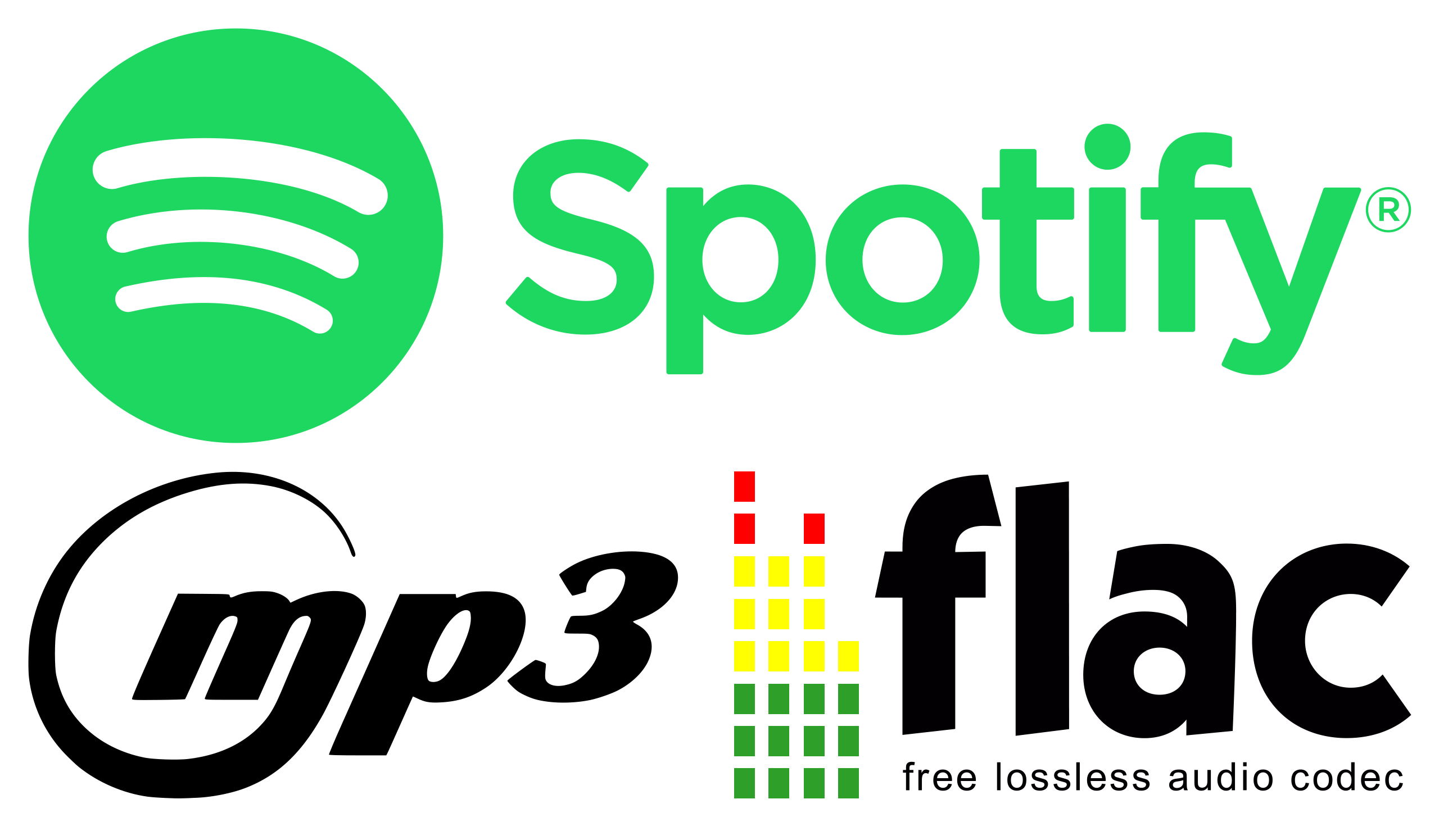How do I rip songs from Spotify
Ripping music from a streaming service such as Spotify is illegal, however there are a few ways you can download music for offline playback.
To dissuade users from ripping music, Spotify and other music streaming services make the process of recording music via screen recording apps for example difficult. This is so artists don’t lose out on revenue and streaming services can continue generating revenue from ad revenue and users’ subscription payments.
That being said, most of the top streaming services such as Spotify, Apple Music, Amazon Music, YouTube Music, Deezer and TIDAL allow you to listen to music offline, providing you pay a monthly fee. This downloads the audio to your device, but the files are DRM-protected and in a format only the streaming service itself can read, because when you use a streaming service, paid or free, you don’t own any of the music you listen to or download. With each monthly subscription, you are essentially renting the tens of million songs available to you. As soon as you stop paying the monthly fee, the music will be inaccessible.
If you want to own the music, there are many digital music stores online such as iTunes, Amazon Music, eMusic, Melon, 7digital, Bugs!, Tencent Music (QQ Music, Kugou, Kuwo) and Qobuz. Some users prefer to purchase music, with the benefits being pay once and own it forever, no monthly subscription fees, and your music is not locked down to a particular platform.
In the US, the price of a Spotify Premium account is $9.99 per month. This allows you to listen to and download unlimited music, ad-free. In the US, the usual cost of a song on iTunes is $0.99. If you generally want access to more than 10 new songs per month, your best option is to subscribe to a music streaming service. If you are a particularly light music listener or frequent the same few songs, purchasing digital music may be the better choice for you.
Artists who distribute through RouteNote for free have full control over where their music is sent to, be it streaming service, stores, social media platforms or all of the above. If you choose to sell your music on digital stores, you even have control of the pricing of releases.
